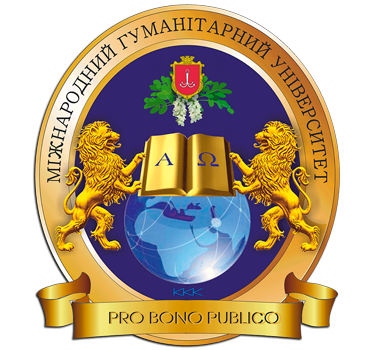PARAMETERS OF MECHANICAL LUNG VENTILATION IN PATIENTS WITH BRAIN INJURY COMPLICATED BY RESPIRATORY DISTRESS SYNDROME
DOI:
https://doi.org/10.32782/2411-9164.19.1-9Keywords:
respiratory therapy, artificial ventilation, positive end-expiratory pressure, traumatic brain injuryAbstract
The article discusses the modern view of the problem of respiratory therapy in patients with brain injury complicated by respiratory distress syndrome. Based on our own observations, research, and literature data, the modern view of the problem is discussed and the relevance of further study of respiratory therapy in patients with traumatic brain injury complicated by respiratory distress syndrome is substantiated. Сonsider the level of positive end-expiratory pressure (PEEP) in patients with intracranial hypertension, as well as the technology of selection of this parameter. Because incorrect adjustment of mechanical ventilation parameters can significantly impair treatment results. A retrospective analysis of the results of treatment of 34 patients with trauma (as a component of polytrauma), which were divided into two groups according to the level of PEEP. Faster neurological regression was found in patients of the first group, where PEEP was 7 ± 2 cm of water. According to the results, it can be argued that the problem of mechanical ventilation technology in patients with trauma requires further study, the question of the role of cerebral and pulmonary compliance, the impact of PEEP on ICP remains unresolved.
References
Грицан А.И., Колесниченко А.П., Власенко А.В. и др. Диагностика и интенсивная терапия острого дистресс-синдрома. Клинические рекомендации. 2015. С. 19.
Касиль В.Л., Сапичева Ю.Ю., Хапий Х.Х. Острый респираторный дистресс-сидром и гипоксемия. Москва : МЕДпресс-информ. 2014. 142 с.
Підгірний Я.М., Респіраторна терапія при політравмі / Я.М. Підгірний, О.М. Туркевич, О.П. Закотянський, О.Р. Яєчник. Медицина неотложных состояний. 2016. № 8(79). С. 58–64.
Boone M.D. The effect of positive end-exoiratory pressure on intracranial pressure and cerebral hemodynamics / M.D. Boone, S.P. Jinadasa, A. Mueller. Neurocrit Care. 2017. Vol. 26. № 2. Р. 174–181.
Brower R.G., Matthay M.A., Morris A. et al. Acute Respiratory Distress Syndrome Network, Ventilation with lower tidal volumes as compared with traditional tidal volumes for acute lung injury and the acute respiratory distress syndrome. N. Engl. J. Med. 2000. Vol. 342. № 18. Р. 1301–1308.
Carney N. Guidelines for the Manаgement of Severe Traumatic Brain Injury 4th Edition / N. Carney, A.M. Totten, C. O’Relly. Neurosurgery. 2017. Vol. 80. № 1. Р. 6–15.
Mercat A., Richard J.C.M., Vielle B. et al. Positive end-expiratory pressure setting in adults with acute lung injury and acute respiratory distress syndrome: a randomized controlled trial. JAMA, 2008, vol. 299, No. 646, pp. 55.
Nemer S.N. Effects of positive end-expiratory pressure on brain tissue oxygen pressure of severe traumatic brain injury patients with acute respiratory distress syndrome: a pilot study. J. Crit. Care, 2015. Vol. 30, No. 6, pp. 1263–1266.
Pestaña D., Hernández-Gancedo C., Royo C. et al. Pressure-volume curve variations after a recruitment manoeuvre in acute lung injury/ARDS patients: implications for the understanding of the inflection points of the curve. Eur. J. Anaesthesiol., 2005. vol. 22, No. 3, pp. 175–180.
Sahetya S.K., Brower R.G. The promises and problems of transpulmonary pressure measurements in acute respiratory distress syndrome. Curr. Opin. Crit. Care, 2016. Vol. 22, No. 1, pp. 7–13.
Thomas P. Decremental PEEP titration: a step away from the table. Respirat. Care, 2013. Vol. 58, No. 5, pp. 886–888.
Wilson M.H., Monro-Kellie 2.0: The dynamic vascular and venous pathophysiological components of intracranial pressure. J. Cereb. Blood Flow Metab., 2016. Vol. 36, pp. 1338–1350.






